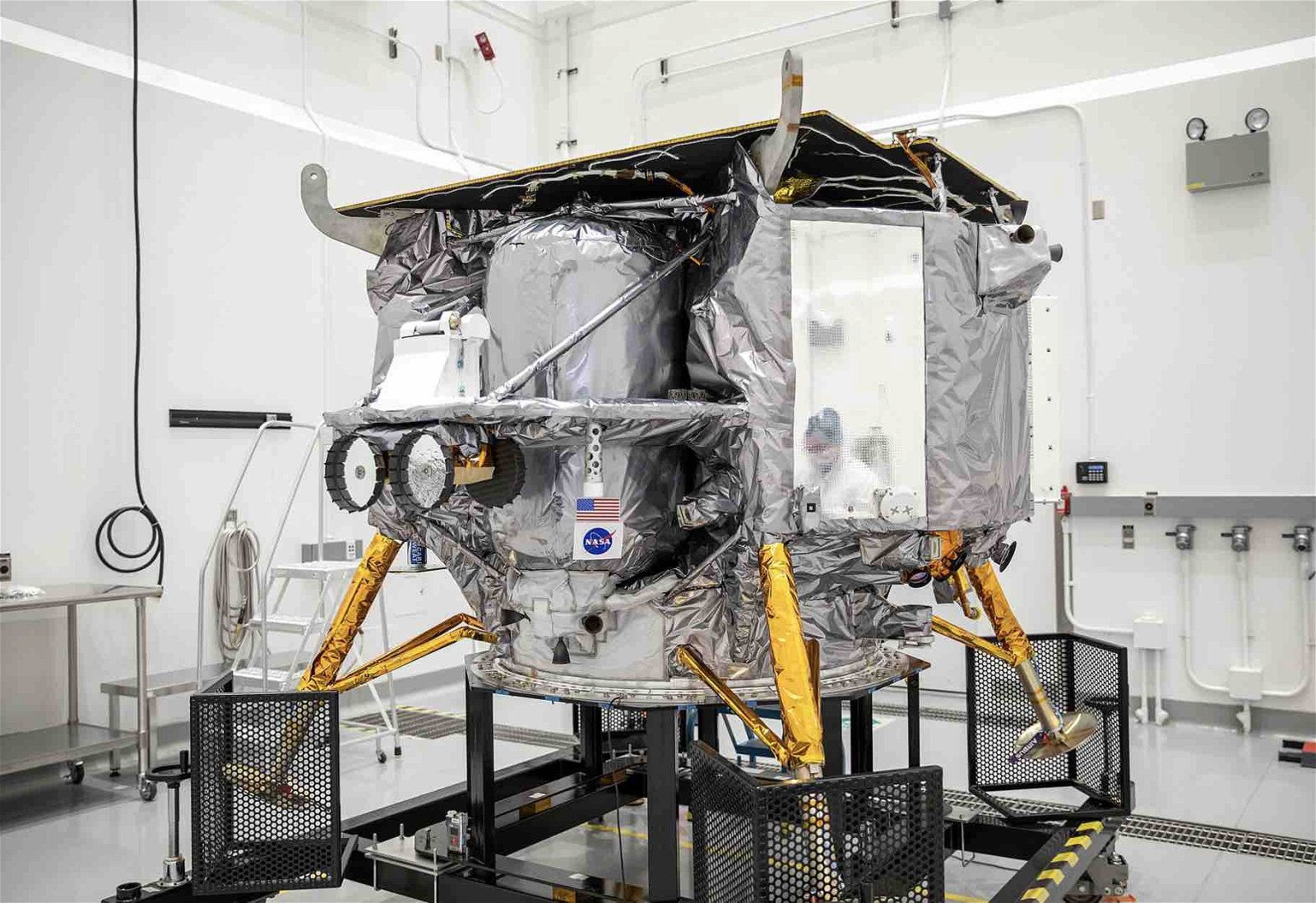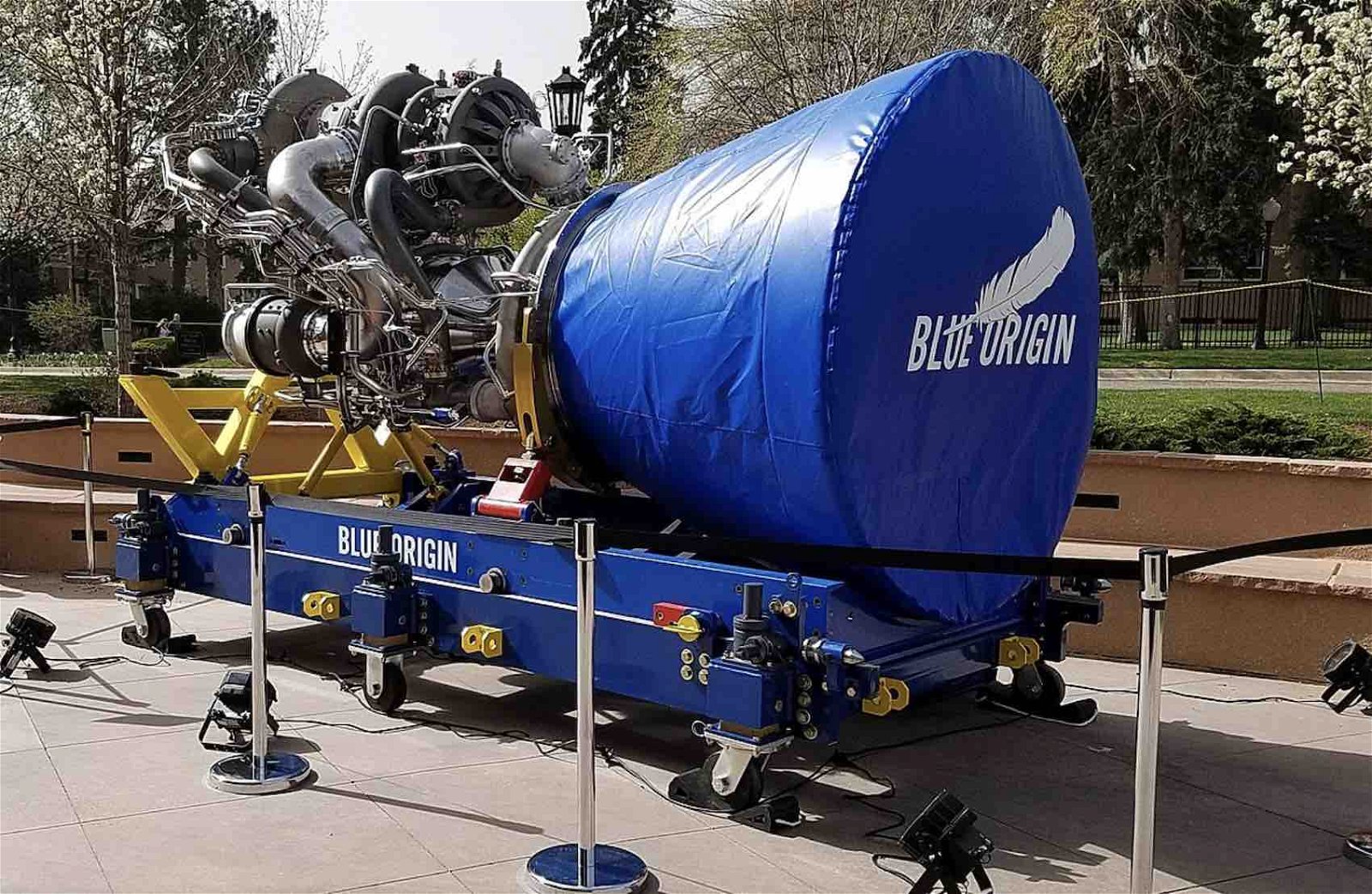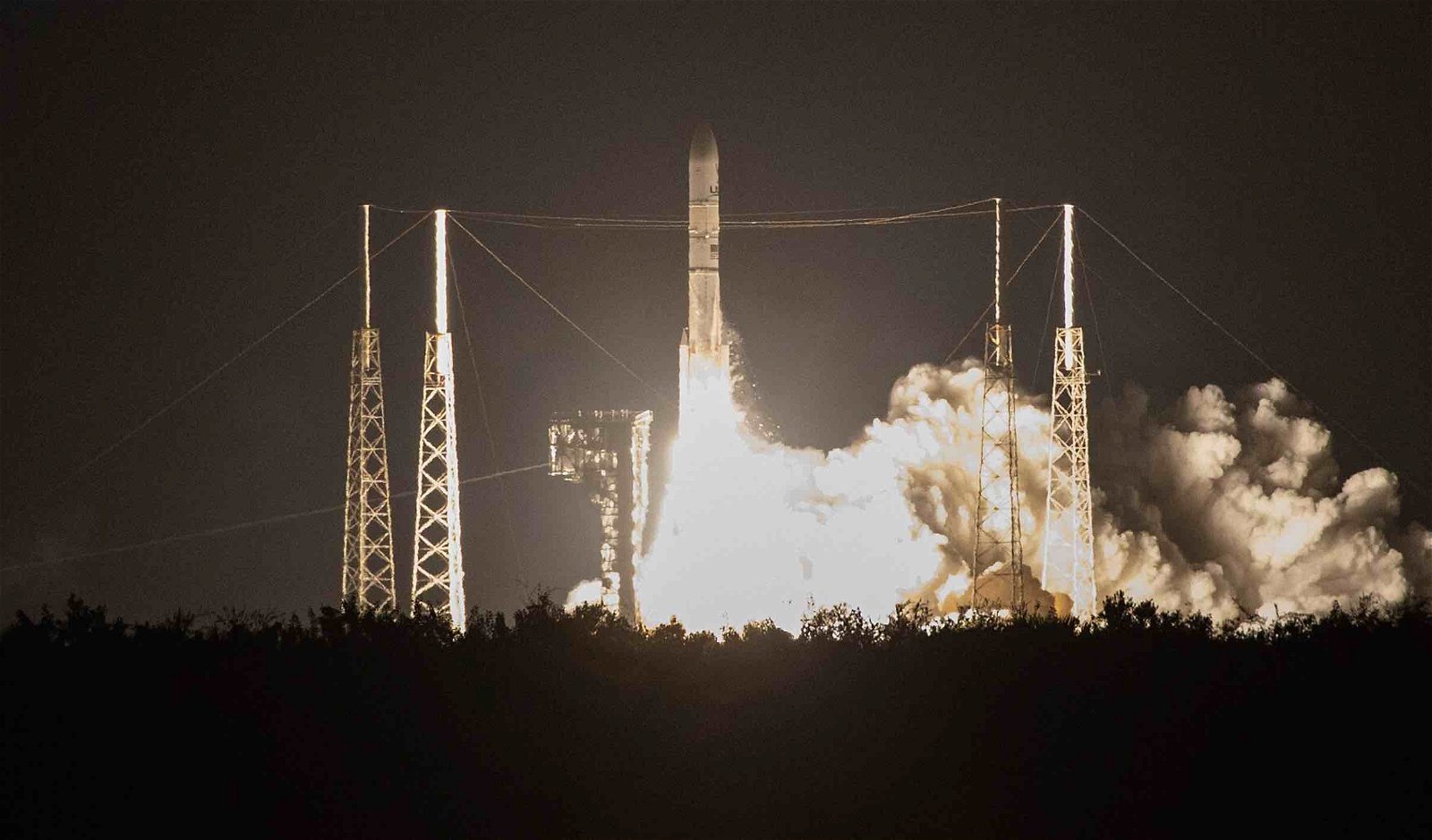An early morning liftoff from Cape Canaveral Space Force Station on Monday saw the inaugural launch of United Launch Alliance’s (ULA) Vulcan Centaur rocket, carrying with it the Peregrine lunar cargo lander and marking a new milestone in the growing commercial space industry.
The massive 202-foot-tall rocket lifted off at 2:18 a.m. EST from Cape Canaveral’s Launch Complex 41, carrying Astrobotic’s Peregrine lander and an array of scientific instruments as part of NASA’s Commercial Lunar Payload Services (CLPS) initiative.
Tory Bruno, ULA’s president and CEO, said the successful launch of its long-delayed Vulcan rocket “ushers in a new, innovative capability to meet the ever-growing requirements of space launch.”
ULA says its Vulcan rocket offers “industry-leading capabilities to deliver any payload, at any time, to any orbit.” Delivering on that promise, Monday’s launch saw an array of commercial and governmental payloads, several of which will conduct scientific investigations on the Moon in the weeks ahead.
At less than two meters in height, Peregrine, which began its 46-day journey to the Moon this morning, is designed to deliver payloads to the lunar surface and orbit. Once it arrives on the lunar surface, NASA’s array of scientific instruments on board will begin collecting data about the Moon’s atmosphere, as well as probing its regolith for signs of hydrogen and monitoring for radiation.


NASA says the research effort aims to find evidence of water and other potential resources on the lunar surface that will support long-term crewed missions, as well as helping to understand the Moon’s evolution over time.
Following years of setbacks, the successful launch of ULA’s Vulcan marks the most recent challenge to Elon Musk’s SpaceX, which launched 96 successful missions with its Falcon rockets during the last twelve months.
ULA has said the company is aiming to launch its Vulcan missions as frequently as every other week by the end of next year, having already sold 70 missions in an escalating rivalry between the company and SpaceX.
In addition to commercial rocket rivalry, several of the future Vulcan missions are expected to carry internet satellites supporting Amazon’s Project Kuiper to orbit. With its constellation of 3,236 satellites in low Earth orbit (LEO), Project Kuiper aims to provide global broadband internet access similar to Musk’s Starlink.
Amazon says it expects to have deployed roughly half of its constellation by 2026, whereas Starlink has already placed 5,000 of its satellites in orbit, and says its final constellation will consist of 42,000.
Vulcan’s main engines, a pair of BE-4 engines provided by Jeff Bezos’ Blue Origin, will also be used to power the company’s own New Glenn rocket. Blue Origin has also reportedly expressed interest in purchasing ULA, which is currently under joint ownership by Boeing and Lockheed Martin, with other interested buyers including Cerberus Capital Management and the Textron company.


NASA Administrator Bill Nelson said Monday’s mission and those that follow “will not only conduct new science at the Moon, but they are supporting a growing commercial space economy while showing the strength of American technology and innovation.”
The early morning launch was one of six lunar launches that will occur this year, featuring lunar landers from three different companies.
The current mission includes studies that NASA’s CLPS research effort will conduct with a specialized Laser Retroreflector Array, a Neutron Spectrometer System, and several other instruments, some of which were originally developed for use with other missions like the European Space Agency’s Rosetta mission.
Also carried to the Moon on Monday’s flight were cremated human remains and DNA contained within 66 “memorial capsules”, part of the Tranquility Flight payload secured on the launch by Celestis, one of two private companies that aim to provide lunar burial services.
However, not everyone applauds the idea of human remains finding their final resting place on the Moon. The inclusion of Celestis’ unique payload aboard the launch resulted in controversy last week after it was learned that the Navajo Nation had made a request to the Biden Administration that the launch be delayed.
“The suggestion of transforming [the Moon] into a resting place for human remains is deeply disturbing and unacceptable to our people and many other tribal nations,” said Navajo Nation President Buu Nygren on Thursday.
The Navajo Nation is one among many Indigenous American groups that revere the Moon in their cosmology. Calls from the group to delay Monday’s launch reportedly led to a last-minute meeting at the White House.
NASA deputy associate administrator for exploration Dr. Joel Kearns, acknowledged the Navajo Nation’s concerns, though clarifying that the services at the heart of the controversy are part of the operations of commercial companies.
“They’re not US government missions,” Kearns said in a statement.
Kearns added that NASA takes the Navajo Nation’s concerns “very, very seriously,” further emphasizing that the burgeoning commercial space industry is “totally new” and also raises new questions as more companies become involved.
“[E]veryone is learning,” Kearns said.
Landing on the Moon on Friday, February 23, Peregrine will carry out its mission over ten days, collecting information that could prove to be crucial in advance of NASA’s ambitious Artemis mission, which will be the first time humans visit the Moon in more than half a century, carrying the first woman and first person of color to participate in lunar explorations.
Micah Hanks is the Editor-in-Chief and Co-Founder of The Debrief. He can be reached by email at micah@thedebrief.org. Follow his work at micahhanks.com and on X: @MicahHanks.

